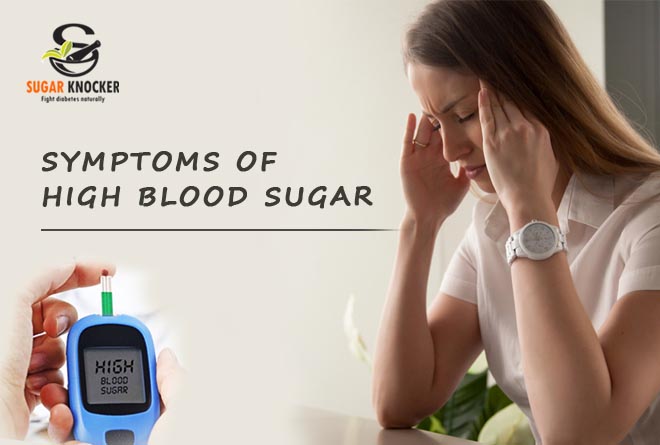
Hyperglycemia – more commonly known as High Blood Sugar or the more famous – Diabetes- is one condition that is plaguing millions around the world. The word’s meaning literally translates to “Increased blood sugar” and these elevated blood sugar levels are a major concern and affects all types of diabetics. It has two kinds namely –
- Fasting Hyperglycemia – where blood sugar is higher than 130mg/dL (milligrams per deciliter) taken after a person has not had anything to eat or drink (except water) for a minimum of 8 hours
- Post Prandial (or Post Meal) Hyperglycemia: Blood sugar levels rarely go above 140 mg/dL for a normal non-diabetic person even after a large meal. If the blood sugar levels go above 180 mg/dL two hours after a meal, it is a case of hyperglycemia or High Blood Sugar
[Read At What Blood Sugar Level Should One Start Medication?]
High blood sugar can lead to damage of nerves, blood vessels, internal organs and diabetics are prone to acid buildup in the blood called ketoacidosis.
The symptoms of high blood sugar are:
- Increased thirst
- Headaches
- Lack of focus
- Vision blurring
- Frequent urination
- Weakness
- Weight loss
[Read What is Diabetes and Its Uncommon Symptoms?]
Severe cases and prolonged hyperglycemia causes
- Slow healing of wounds
- Vomiting
- Nausea
- Mouth dryness
- Nerve damage
- Constipation or diarrhea, abdominal pain and any kind of digestive disorders
- Hair loss
- Damage to internal organs
Though many causes of diabetes are beyond our control, some of the avoidable factors that lead to high blood sugar levels are leading a sedentary lifestyle, emotional stress, excessive intake of junk foods, or foods high in sugar, salt and fat. One point to be mainly noted is that high blood sugar can manifest itself even in non-diabetics and can be a strong precursor for diabetes onset. So, anyone who notices any of the above symptoms which can be triggered without a logical reason has to screen themselves for blood sugar levels and seek appropriate treatment – diabetic or not.
[Read How Blood Sugar level will impact your Cognitive functions]
Pay attention to recent changes in lifestyle like sudden drop in activity levels, constantly loading up on high calorie foods, any recent illnesses, accidents or steroid consumption for any reason or reasons for emotional distress.
Though people aged 60 or above are generally considered healthy to have levels between 100 and 140 mg/dL, those below 59 years of age should be wary of their sugar levels which should be in the safe range of 80 to 120 mg/dL. Apart from the normal sugar tests, your doctor might conduct an A1C test to determine the average blood sugar levels of the past few months; and then recommend home based blood sugar monitoring.
If high blood sugar is detected, the first step is to introduce a moderate or maybe even a light exercise routine to scale up the daily activity levels. The next step is to modify the meal plans to suit the body with the help of a nutritionist. Only when these don’t work the doctor may recommend seeking the help of medicines or insulin injections in more severe cases.
Ayurveda has excellent remedies in managing diabetes and recent researches in the field of blood sugar management and the role of Ayurveda has opened many possibilities for those in search of better management techniques and methods.
[Read Ayurveda as a medicine for Diabetes]
We at Sugar Knocker bring for you an excellent product which comes with the recommendations of not just the users but also those of renowned doctors who are experts in their own field.
Learn about our product and be a part of the Sugar Knocker family for holistic benefits.

I love reading your site.